“Cephalexin Bolus 1.5g for Horses: Effective Antibiotic Treatment for Skin, Respiratory, and Urinary Infections”
The health of horses is crucial for their well-being and performance, especially when they are exposed to various environmental conditions or undergo intense physical activity. One of the most important aspects of veterinary care involves treating bacterial infections that can affect different parts of the body. Cephalexin Bolus 1.5g for Horses is a widely used antibiotic in equine medicine that helps treat a variety of bacterial infections effectively. It has proven to be a reliable solution for controlling conditions related to the skin, respiratory system, urinary tract, and more.
What is Cephalexin?
It belongs to the β-lactam class of antibiotics, which work by inhibiting the synthesis of bacterial cell walls. Without an intact cell wall, bacteria cannot survive or replicate, leading to their destruction. Cephalexin is effective against a wide range of gram-positive and gram-negative bacteria, making it a broad-spectrum antibiotic.
In horses, Cephalexin Bolus 1.5g is used to treat bacterial infections that affect the respiratory, urinary, and gastrointestinal systems. It is especially helpful in treating skin infections caused by bacteria like Staphylococcus and Streptococcus, which can lead to conditions like pyoderma (skin infections) and wound infections.
Indications for Using Cephalexin Bolus 1.5g for Horses
The Cephalexin Bolus 1.5g for Horses is indicated for the treatment of various bacterial infections in equines. The bolus form ensures that the medication is administered easily and effectively, especially when treating large or multiple horses. Below are the main conditions and infections for which Cephalexin Bolus 1.5g is recommended:
- Skin Infections (Pyoderma)
- Pyoderma refers to bacterial skin infections that can cause inflammation, pus formation, and discomfort for the horse. Horses with compromised immune systems or those exposed to external irritants are at higher risk of developing these infections.
- Respiratory Infections
- Horses, especially those exposed to poor environmental conditions or stress, are prone to respiratory infections. Pneumonia and bronchitis are two common respiratory conditions caused by bacterial pathogens. Cephalexin can be used to treat these infections, improving the horse’s breathing and reducing symptoms like coughing, nasal discharge, and labored breathing.
- Urinary Tract Infections (UTIs)
- Urinary tract infections can occur in horses due to bacteria entering the urinary system, often following catheterization or in older horses. Cephalexin is effective in treating cystitis, urethritis, and other forms of urinary infections by eliminating the bacteria causing the infection.
- Wound Infections
- Open wounds and surgical sites in horses are susceptible to infection. Using Cephalexin Bolus 1.5g can help prevent or treat infections caused by bacteria entering the wound. It is commonly used following surgical procedures or trauma that exposes tissue to the external environment.
Mechanism of Action of Cephalexin in Horses
Cephalexin works by disrupting the bacterial cell wall synthesis. Bacteria need a strong and intact cell wall to maintain their shape and survive. Without this enzyme, bacteria cannot form stable cell walls and become susceptible to osmotic lysis (cell rupture), leading to their death.
Since Cephalexin is broad-spectrum, it targets a wide range of bacterial pathogens, making it effective against both gram-positive and gram-negative bacteria. This mechanism of action makes it a reliable choice for treating bacterial infections in horses, especially when the specific bacteria causing the infection is not immediately known.
Cephalexin Bolus 1.5g Dosing Guidelines for Equine Treatment
Proper dosage and administration are essential for Cephalexin Bolus 1.5g to be effective in treating bacterial infections in horses. Below is a detailed guideline for its administration, followed by a dosage table for easy reference.
General Dosage Recommendations
- Standard Dose:
- 5g per 500 kg (1100 lbs) of body weight.
- Administration Frequency:
- For acute infections: Administer the bolus every 12 hours.
- For severe infections: A veterinarian may recommend every 8 hours.
- For chronic or persistent infections: Continue administration every 12 hours, for 5 to 7 days.
- Administration Method:
Cephalexin Bolus is typically given orally:- Directly placed in the horse’s mouth.
- If needed, can be hidden in feed or treats for easy ingestion.
- Balling gun may be used for larger horses.
Dosage
| Horse Weight | Cephalexin Dose | Frequency | Duration |
| Up to 500 kg (1100 lbs) | 1 bolus (1.5g) | Every 12 hours | 5 to 7 days |
| 501 – 1000 kg (1100-2200 lbs) | 2 boluses (3.0g) | Every 12 hours | 5 to 7 days |
| 1001 – 1500 kg (2200-3300 lbs) | 3 boluses (4.5g) | Every 12 hours | 5 to 7 days |
| Foals (under 6 months) | Consult Veterinarian | Consult Veterinarian | Consult Veterinarian |
| Severe Infections (All weights) | Adjust according to severity | Every 8 hours (initially) | Consult Veterinarian |
| Chronic Infections (All weights) | Consult Veterinarian for extended use | Every 12 hours | 5 to 7 days max |
Key Notes:
- Kidney Function: For horses with kidney problems, consult your vet for potential dosage adjustments.
- Pregnant Mares: Only use under veterinary supervision.
- Discontinue if No Improvement: If the infection doesn’t improve within 48 hours, consult a veterinarian for an alternative treatment.
Safety Guidelines and Precautions for Cephalexin Bolus 1.5g in Horses
Cephalexin Bolus 1.5g is a widely used antibiotic for treating bacterial infections in horses, but like all medications, it should be administered with caution. Below are important safety considerations and precautions to keep in mind:
1. Allergic Reactions
- Signs to watch for: While allergic reactions to Cephalexin are rare, horses may develop symptoms such as hives, swelling, itching, or difficulty breathing.
- Action: If an allergic reaction occurs, immediately stop administering the medication and contact a veterinarian. The horse may require antihistamines or other treatments to manage the reaction.
2. Kidney Function
- Excretion through kidneys: Horses with pre-existing kidney disease or impaired kidney function may require adjusted dosages or closer monitoring during treatment.
- Action: For horses with kidney issues, consult your veterinarian before administering Cephalexin to ensure the correct dose is used, or consider alternative antibiotics if necessary.
3. Gastrointestinal Effects
- Diarrhoea and colic: As with many antibiotics, Cephalexin can disrupt the natural balance of gut bacteria, potentially leading to diarrhoea or mild colic.
- Action: Monitor the horse closely for changes in digestion. If gastrointestinal distress persists, consult a veterinarian. Prolonged use may require adjustments or additional medications to manage side effects.
4. Drug Interactions
- Combining it with certain drugs can either enhance or reduce its effectiveness.
- Action: Always inform the veterinarian of any medications the horse is currently taking to avoid negative interactions.
5. Overdose Risk
- Toxicity: While overdose of Cephalexin is unlikely to cause severe toxicity, excessive doses can lead to an increased risk of gastrointestinal distress or kidney damage.
- Action: If an overdose is suspected, immediately consult a veterinarian for guidance and monitoring.
6. Monitoring During Treatment
- Regular check-ups: Monitor the horse regularly for signs of adverse reactions or lack of improvement in the condition being treated.
- Action: If the infection does not improve within 48 hours of treatment, or if new symptoms develop, consult a veterinarian to reassess the treatment plan.
7. Duration of Treatment
- Avoid prolonged use: Prolonged use of antibiotics, including Cephalexin, may lead to antibiotic resistance or other complications like secondary infections.
- Action: Always follow the prescribed treatment duration and do not exceed the recommended time without veterinary advice.
Potential Side Effects of Cephalexin Bolus 1.5g for Horses
These include:
- Gastrointestinal Distress:
Diarrhoea, loss of appetite, or mild colic may occur, particularly if the horse is on antibiotics for a prolonged period. - Allergic Reactions:
In rare cases, horses may have an allergic reaction to Cephalexin, which can manifest as hives, swelling, or difficulty breathing. Immediate cessation of the drug and veterinary care are necessary in these cases. - Kidney Effects:
Although rare, Cephalexin can affect kidney function, especially if used excessively or in horses with pre-existing kidney issues. - Superinfection:
Prolonged use of antibiotics can disrupt the normal gut flora, potentially leading to overgrowth of non-susceptible organisms, resulting in secondary infections like yeast infections.
Scientific Research on Cephalexin Bolus 1.5g for Horses
Cephalexin is a first-generation cephalosporin antibiotic effective against a broad range of gram-positive and gram-negative bacteria, commonly used to treat infections in horses, including skin, respiratory, and urinary tract infections.
Mechanism of Action
Cephalexin inhibits bacterial cell wall synthesis, leading to bacterial cell death. It is particularly effective against Staphylococcus and Streptococcus species, commonly responsible for infections in horses.
Clinical Applications
- Skin Infections: Cephalexin is highly effective in treating pyoderma and wound infections.
- Respiratory Infections: Effective in treating conditions like pneumonia and bronchitis.
- Urinary Tract Infections (UTIs): Shows good efficacy in treating UTIs caused by coli and Klebsiella.
Pharmacokinetics
- Absorption: Rapidly absorbed in the gastrointestinal tract with peak plasma concentrations reached within 1-2 hours.
- Excretion: Primarily excreted via the kidneys, requiring dosage adjustments in horses with kidney issues.
Safety and Side Effects
- Rare allergic reactions may occur, such as hives or swelling.
- Kidney function should be monitored, especially in horses with pre-existing conditions.
Conclusion
Cephalexin Bolus 1.5g for Horses is a reliable and effective antibiotic used for treating a variety of bacterial infections in equines. Whether it’s for skin infections, respiratory issues, urinary tract infections, or wound care, Cephalexin provides a broad-spectrum solution that targets harmful bacteria and promotes rapid recovery.As with any medication, proper dosage, adherence to treatment duration, and monitoring for side effects are essential for the successful treatment of your horse. Always consult a veterinarian before starting any antibiotic treatment to ensure that Cephalexin is the right choice for the specific condition affecting your horse.







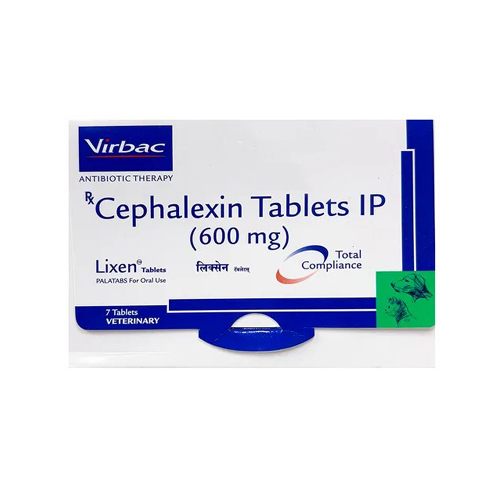
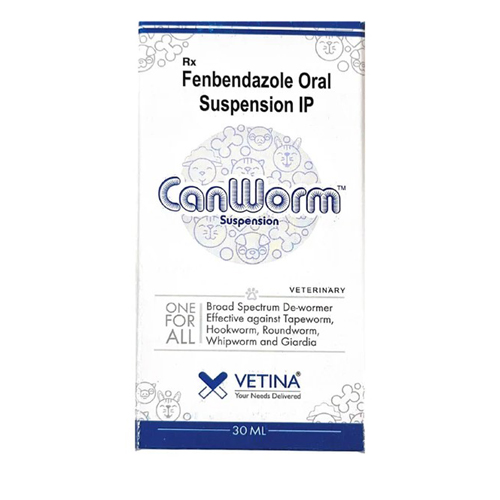



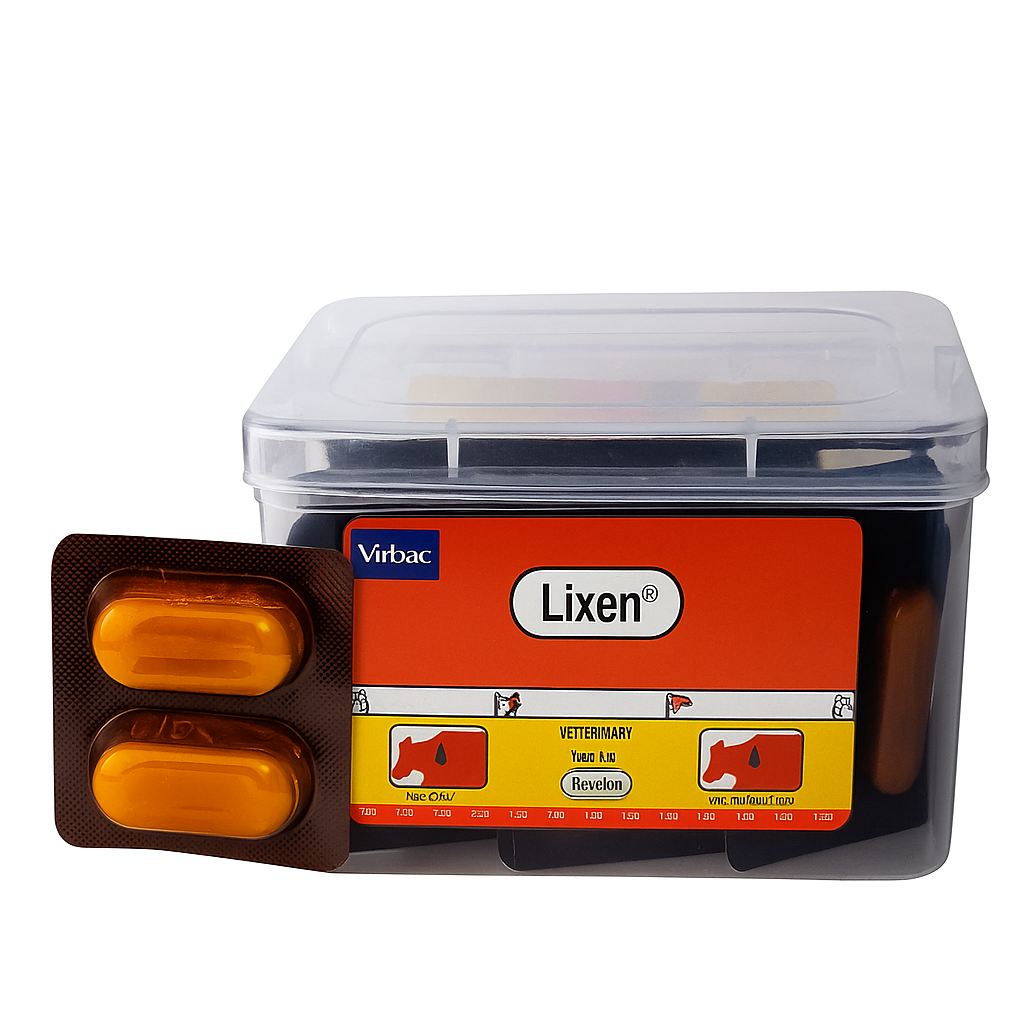
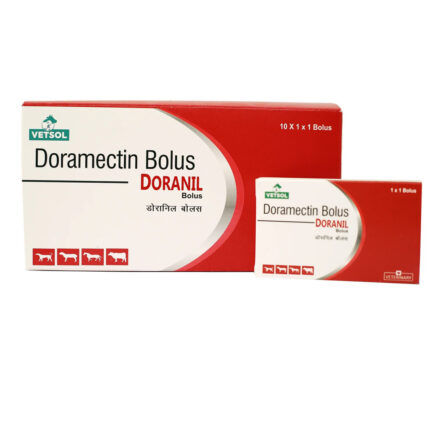
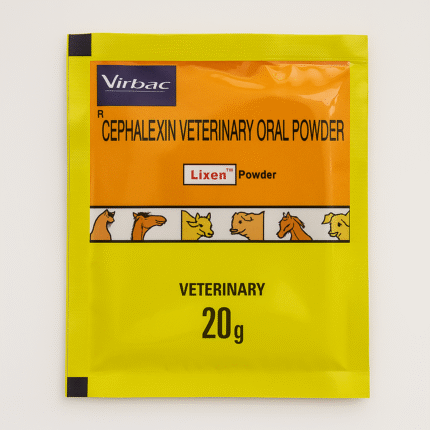
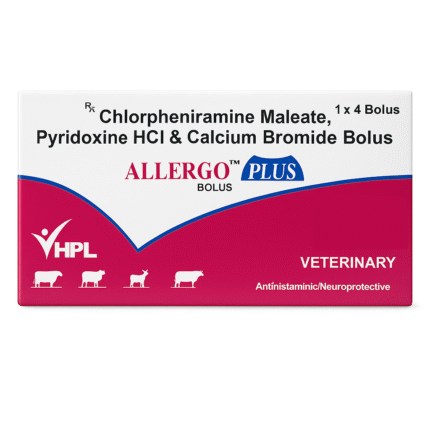
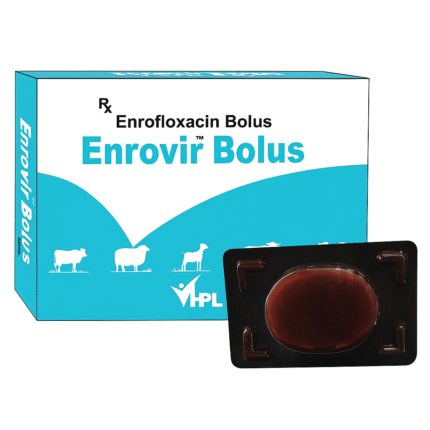
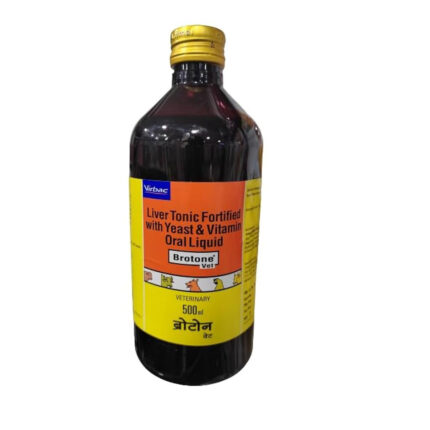
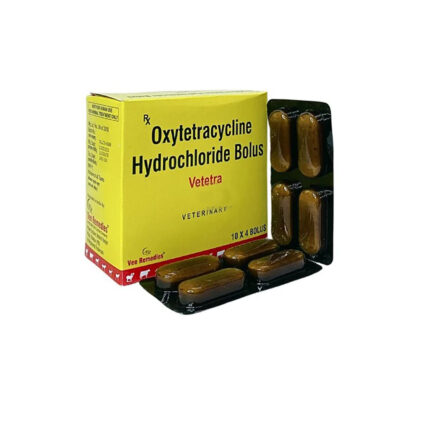
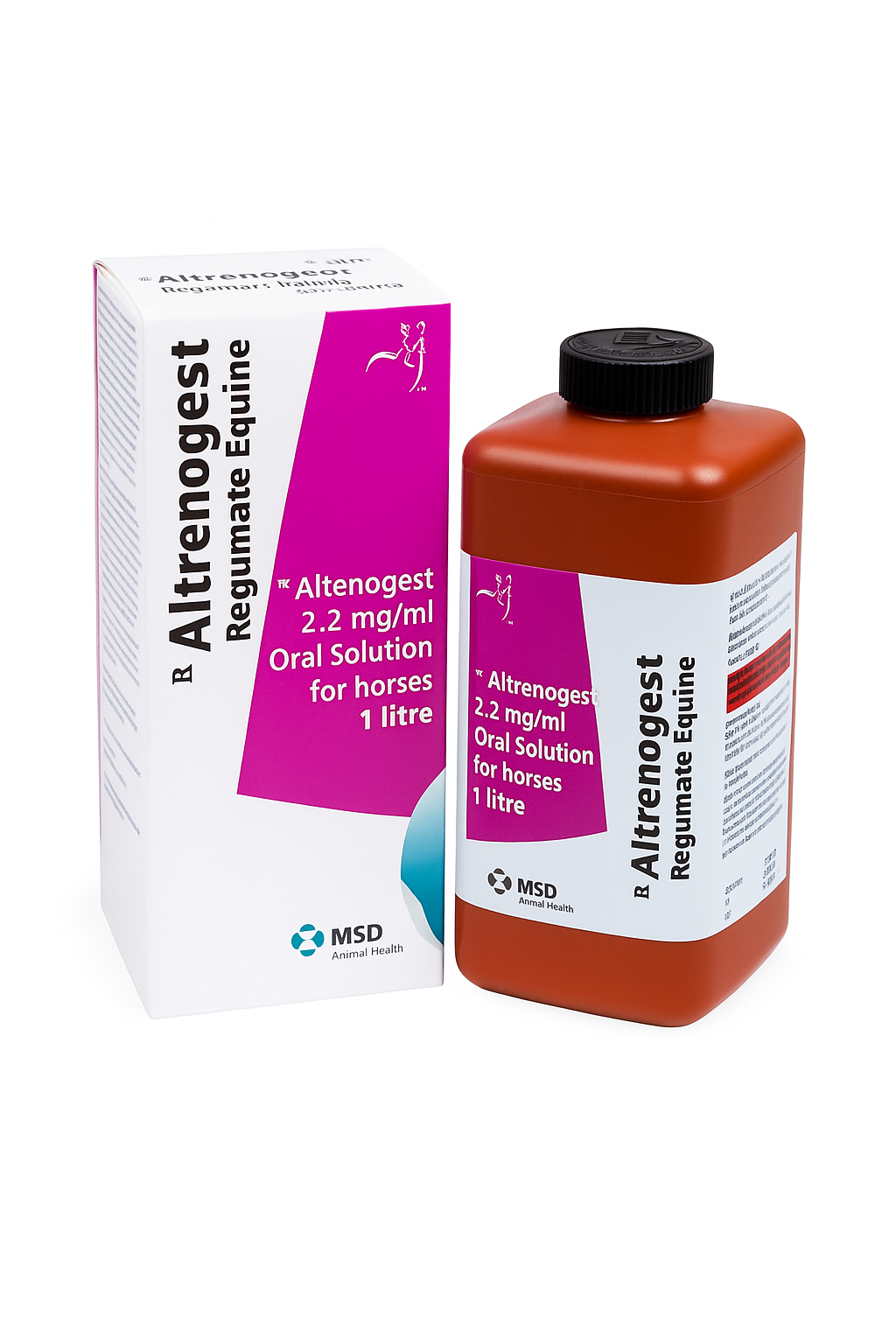

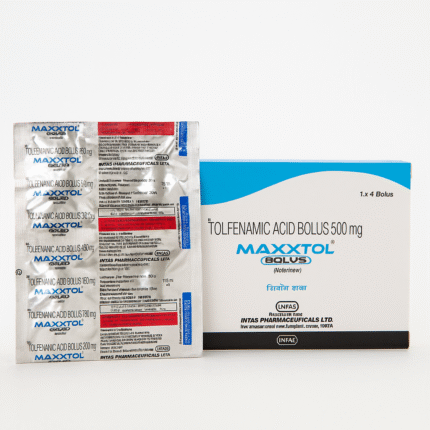
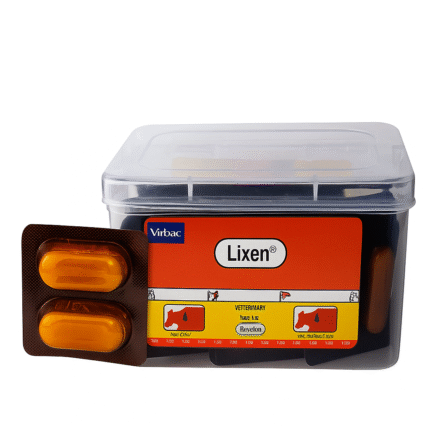
Reviews
There are no reviews yet.